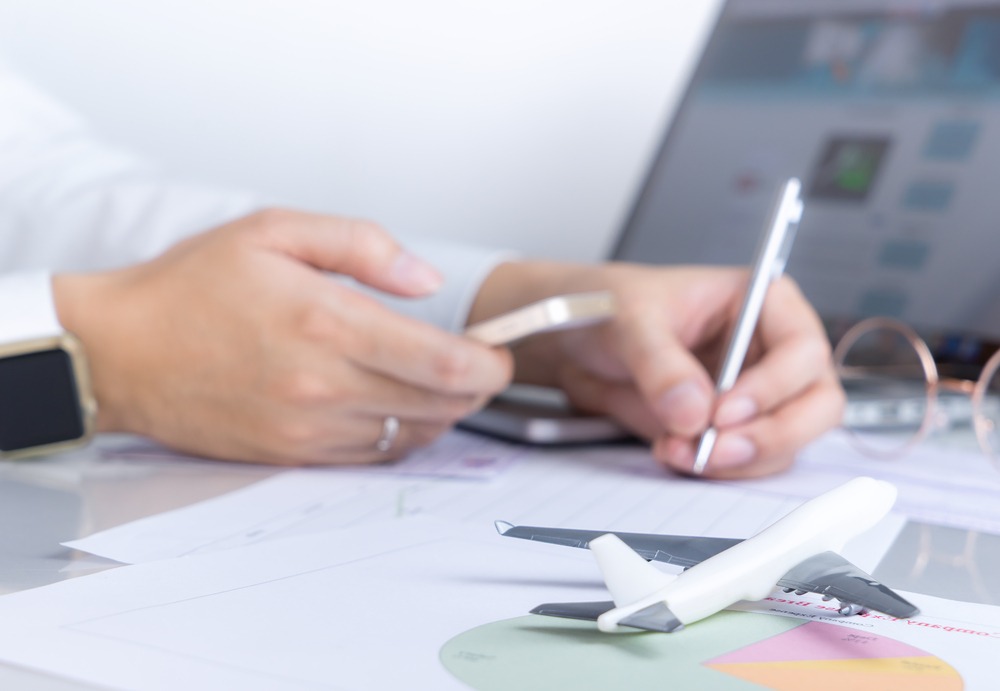
In 2016, airlines worldwide carried around 3.8 billion passengers with 7.1 trillion revenue passenger kilometers (RPKs) being logged, according to a recently-published report aimed at highlighting the global economic benefits of the airline industry.
The report, titled Aviation Benefits 2017, was jointly published by the International Air Transport Association (IATA) and a number of leading aviation-related associations.
“Aviation is the business of freedom, allowing the people of the world to travel, trade, explore, and visit loved ones,” IATA Director-General and CEO Alexandre de Juniac said on the report’s publication. “It is the catalyst for $2.7 trillion of economic activity and 63 million jobs worldwide. It is vital that governments and regulators are fully aware of the extent to which aviation is an enabler of social and economic development, so that smarter regulation can be put in place to encourage greater air connectivity.”
According to the IATA, the report is aimed mainly at government and national planners and contains a summarized checklist of the steps to be taken to maximize air transport’s socioeconomic influence. The report also displayed informative overviews of industry-related investments as well as partnership opportunities to be pursued.
Throughout 2016, a total of 53 million tonnes of freight were carried by airlines, representing a 4 percent increase from the previous year. In the same time period, 35 million commercial flights were scheduled, and 54,000 routes and 65 billion hours were flown worldwide.
The report also stated that the industry supports 62.7 million jobs, 36.3 million of which are catalyzed by the tourism industry. The industry was found to support 3.5 percent of worldwide GDP, representing a $2.7 trillion economic impact.
The industry itself is expected to experience exponential growth over the coming decades, with up to 99 million jobs and a $5.9 trillion economic impact worldwide by 2034. In those same projections, passenger traffic and air freight traffic is expected to more than double by 2034 while passenger traffic is expected to grow by 4.5 percent and freight will expand by 4.2 percent annually.
Further, much of the growth seen throughout North America can be attributed to the continent’s status as a “manufacturing powerhouse,” according to the report.
The report’s findings and recommendations were published in detail on the IATA’s official website.